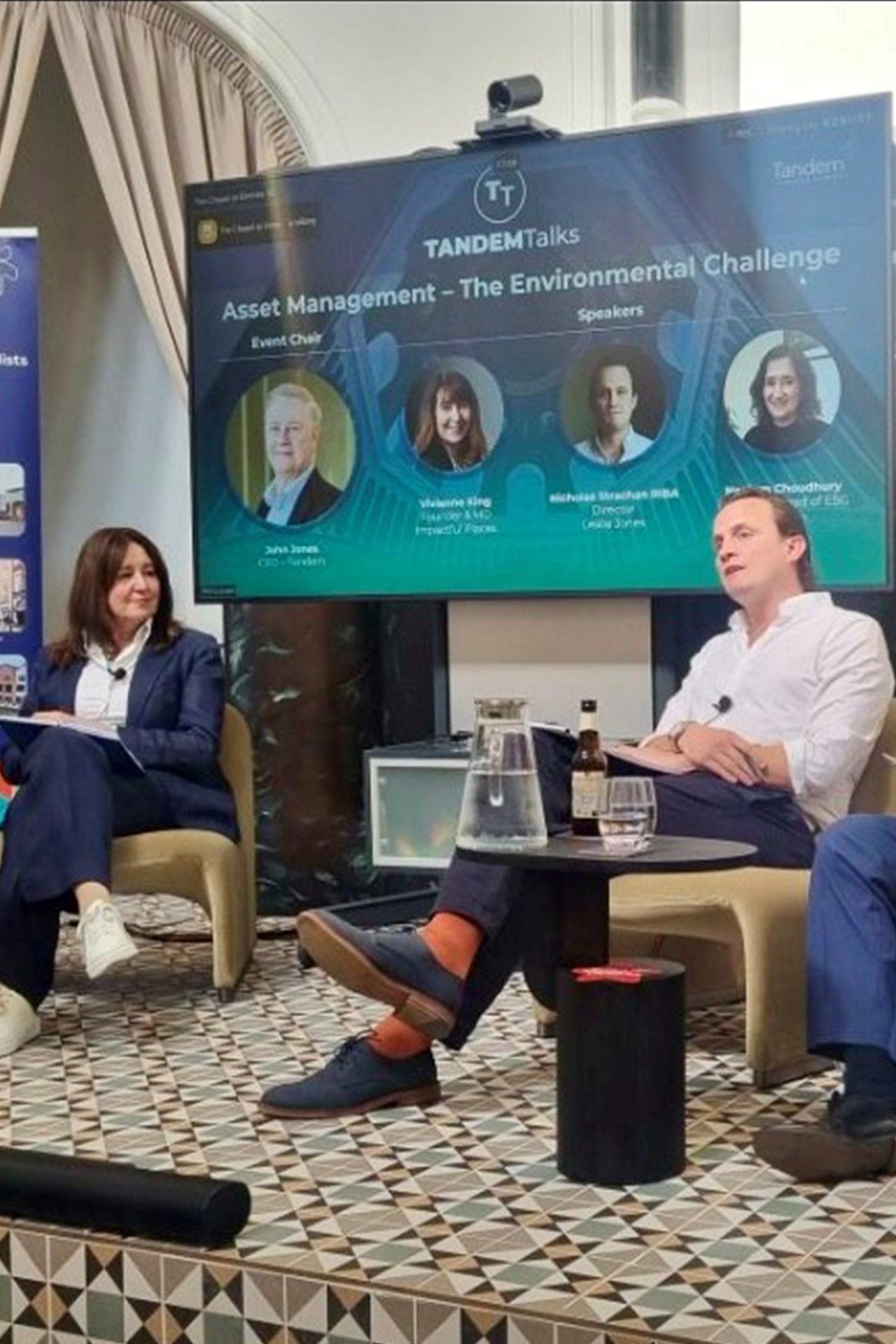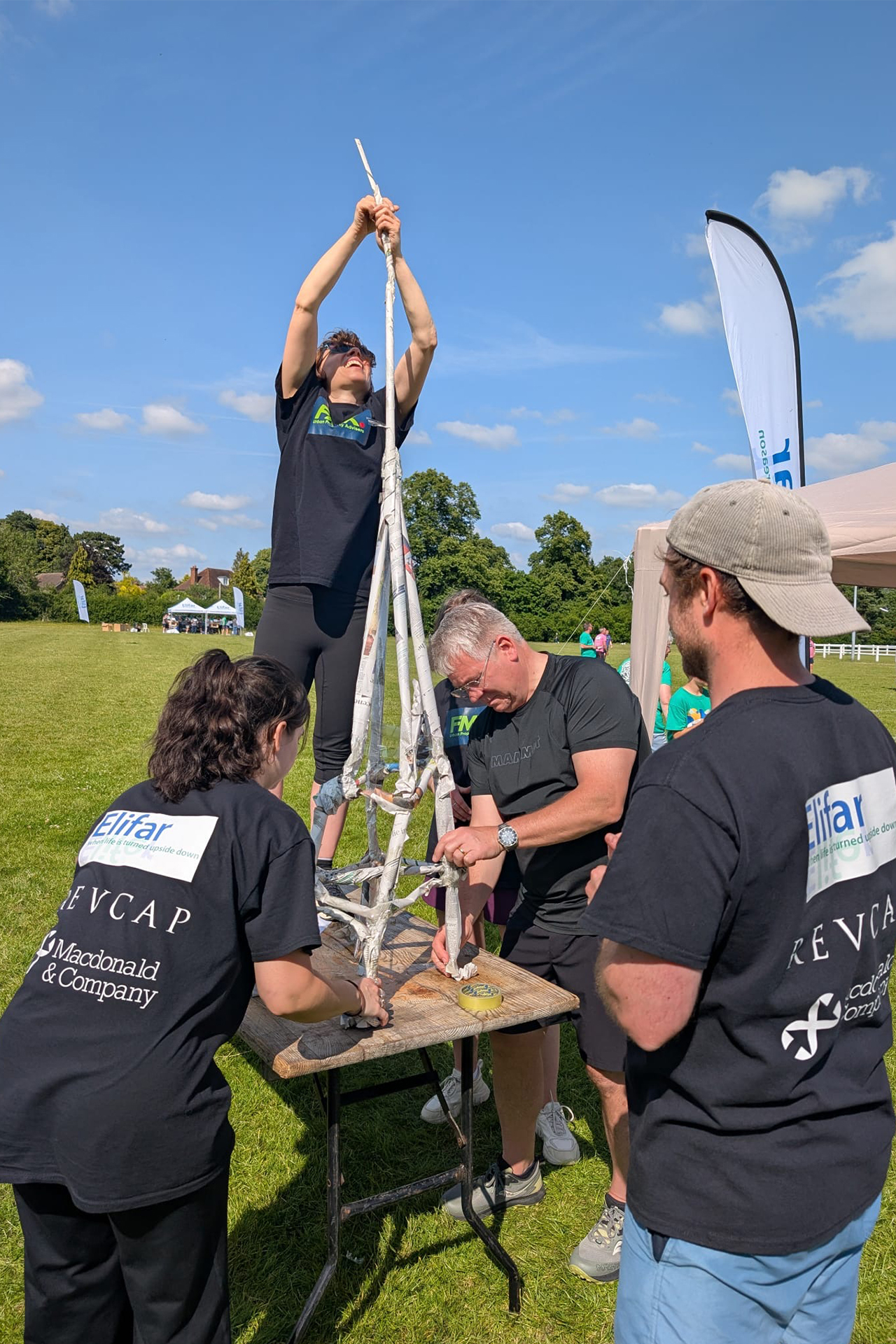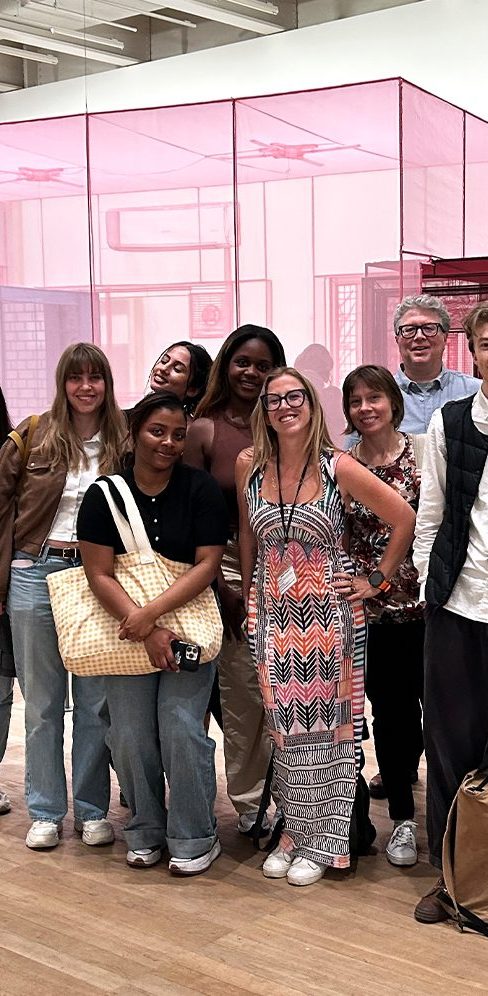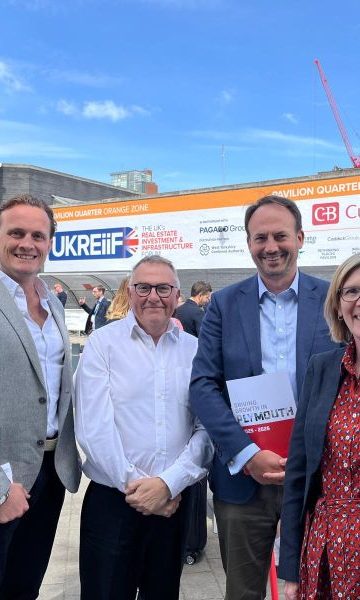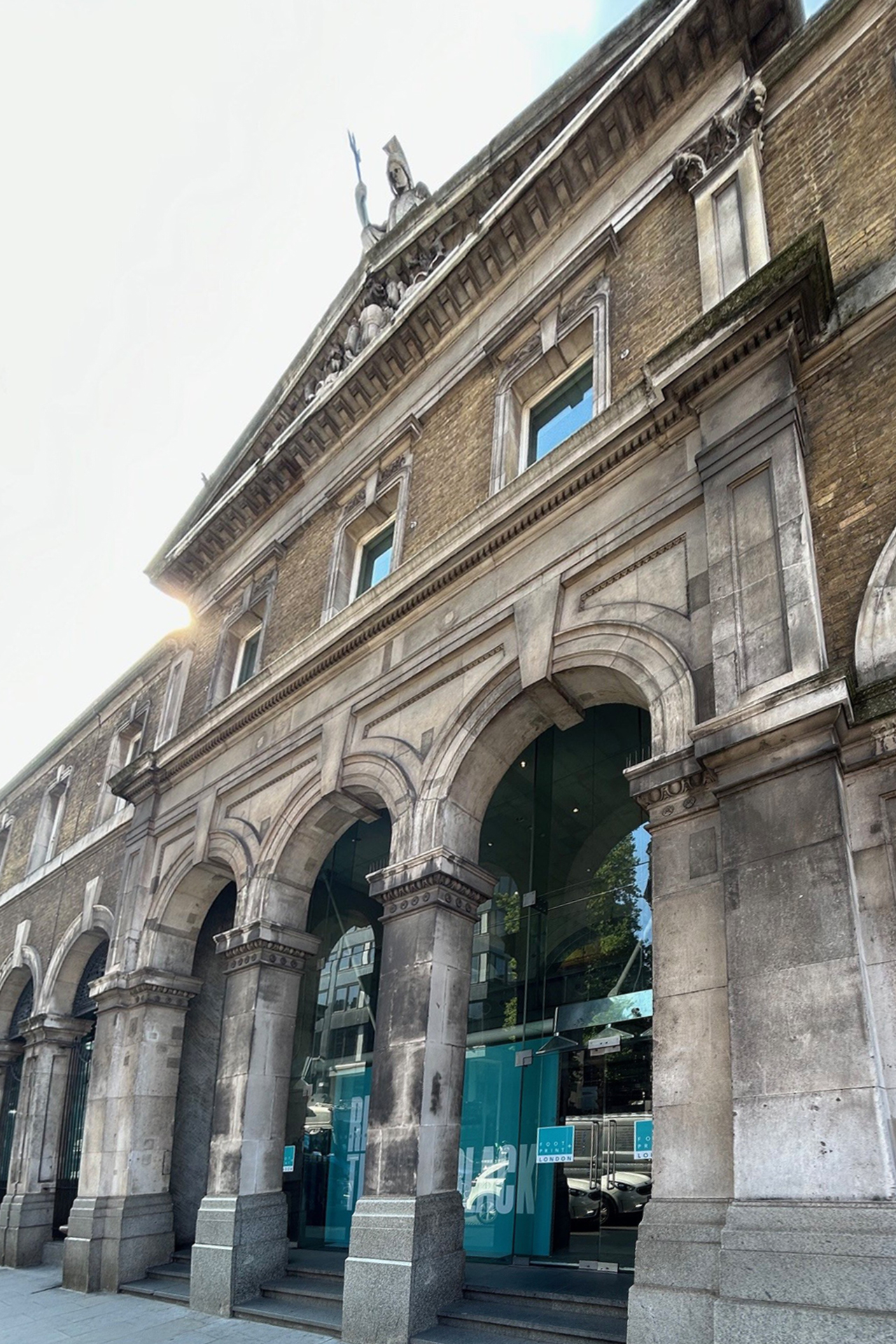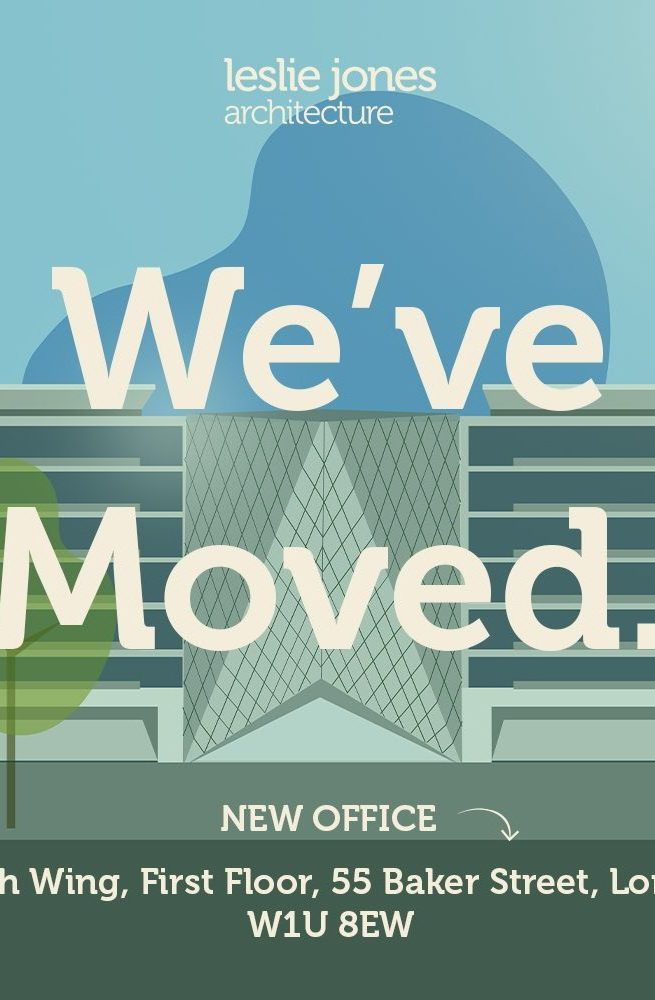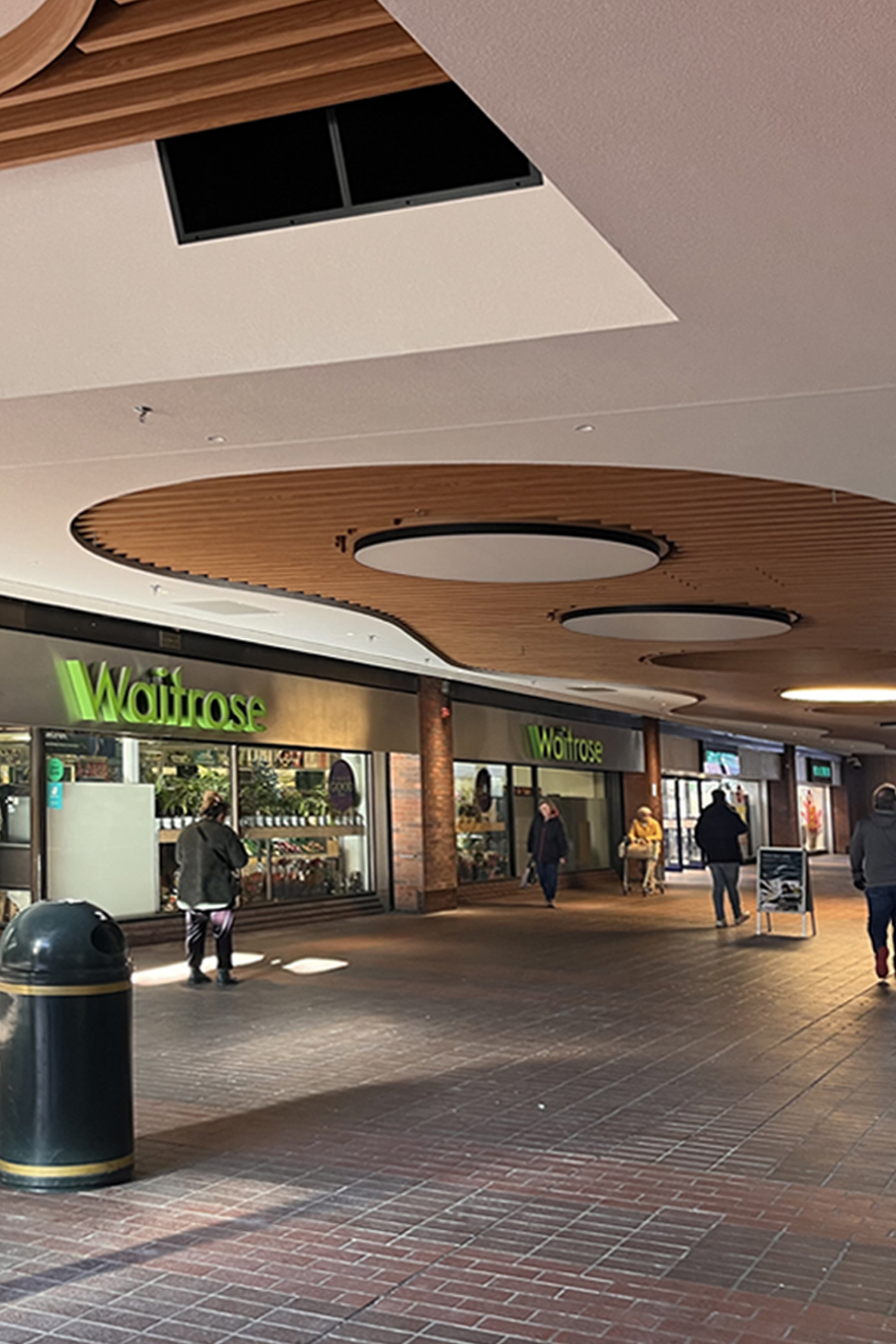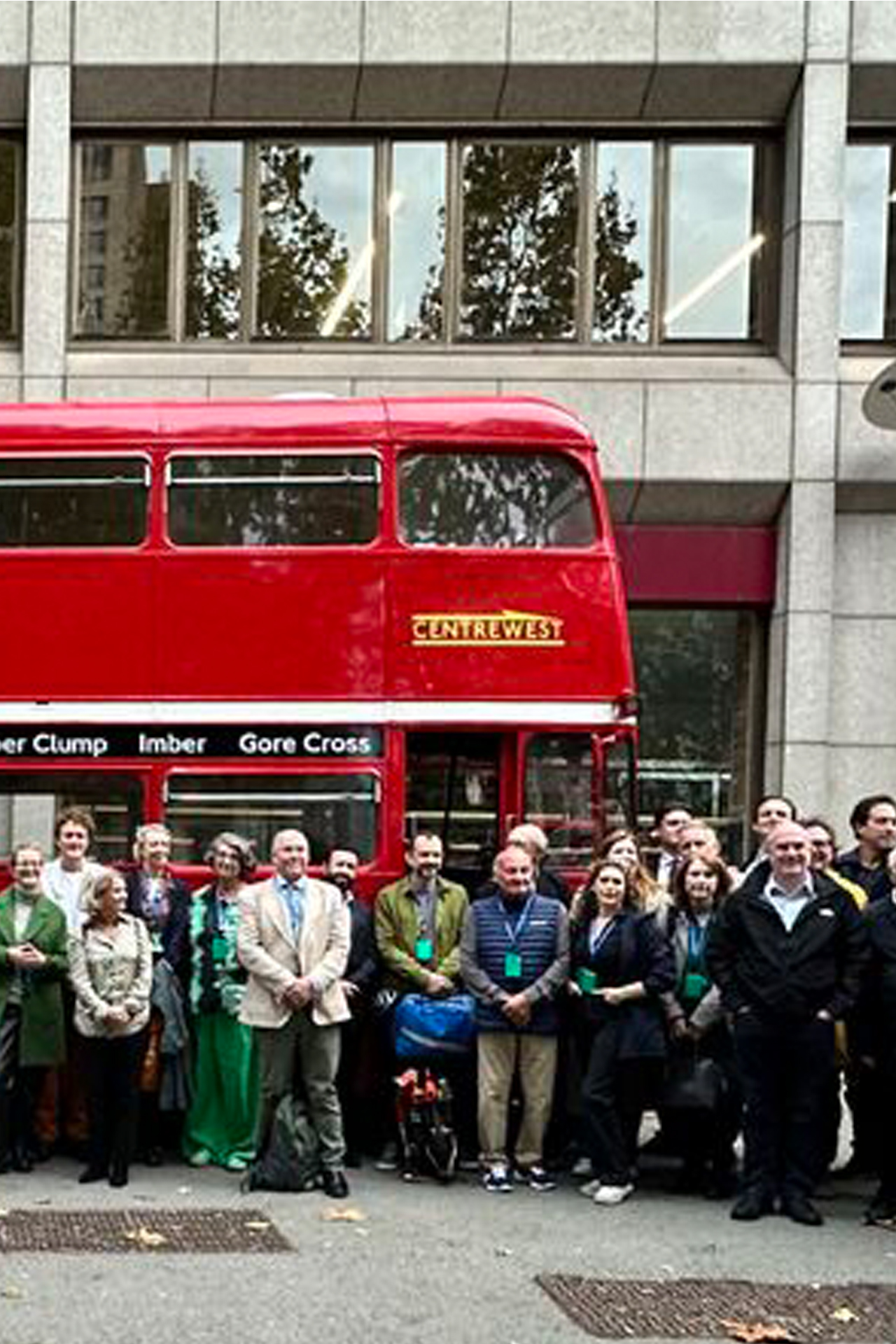LJA Director Nick Strachan contributes to a panel discussion, sharing thoughts and experiences on the subject of “Asset Management – The Environmental Challenge”
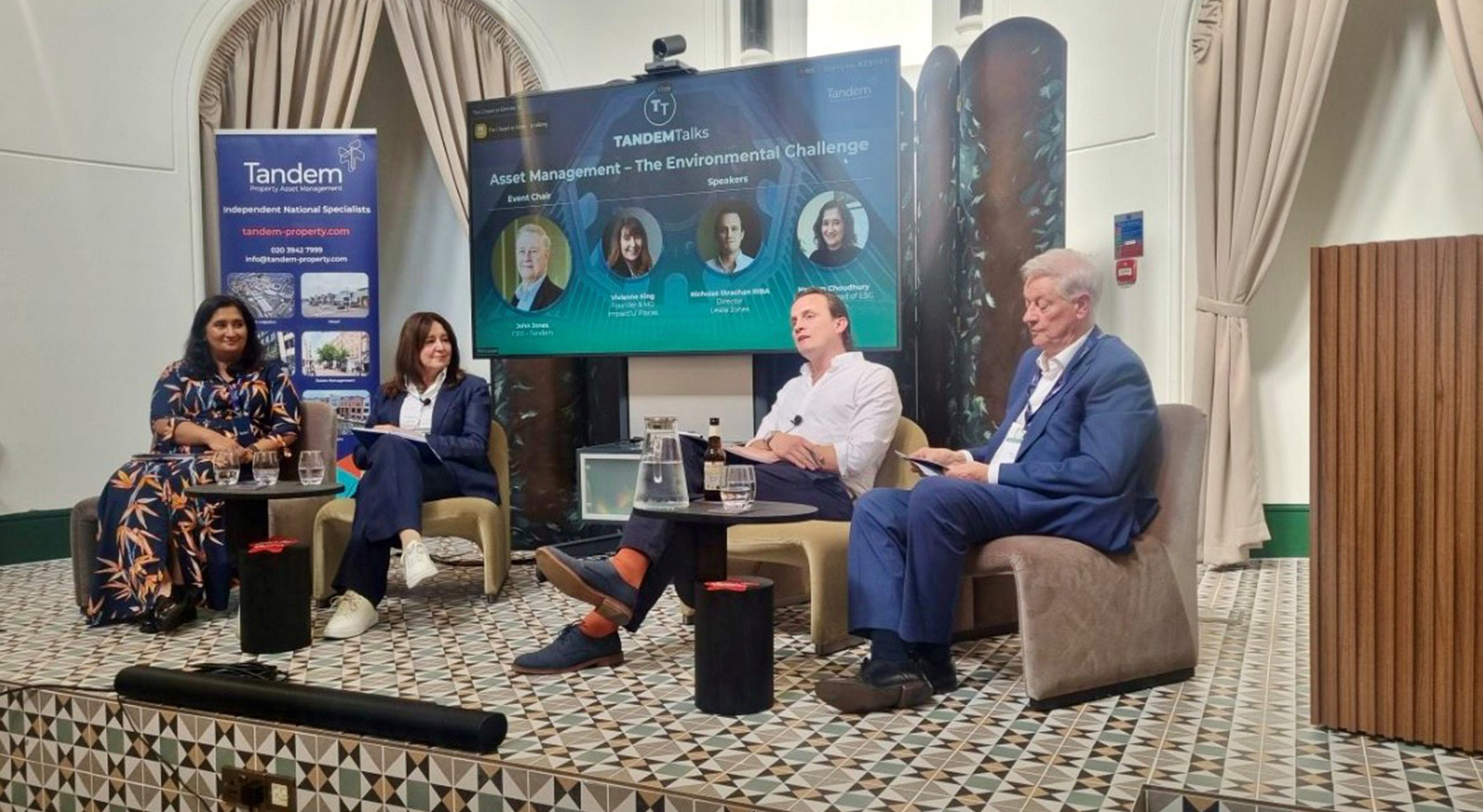
Editors
- Nick Strachan (Director)
- Niamh Darlington (Bid & Business Development Director)
Director and in-house Passive House designer Nick Strachan contributed to a panel discussion to share thoughts and experiences on the subject of “Asset Management – The Environmental Challenge”.
Joined by other industry experts, including Vivienne King of Impactful Places and ESG leads at Tandem Asset Management, the panel offered strategies to address some of the environmental and social challenges faced by property teams and the increasing demands of ESG for investors and owners.
Speaking at the beautifully restored Chapel at Elmtree in Marylebone’s Welbeck Street, led by Tandem’s CEO John Jones, Nick brought a brighter tone to the discussion. He shared a few experiences from an Architect’s perspective which demonstrate how working on ESG driven initiatives can bring value and credibility to both shorter term repurposing projects as well as longer term regeneration opportunities.
His key takeaways neatly closed the panel before questions from the audience and networking drinks:
Encourage offensive strategies, not just defensive plays:
Help build a case to progress a sustainability initiative not just because you “have” to do it but because you “want” to do it. Demonstrate that environmental or socially driven projects can actually add value; find methods to measure wider ESG benefits. If an initiative can increase the attractiveness of an asset in a sale, or attract a new type of buyer, or even benefit from a grant or additional funding route, then investments that may initially appear not to be value accretive, can start to be justified. Don’t simply look to deliver minimal investment in ESG criteria to keep the asset just above a statutory threshold – this could potentially lead to a cliff-edge situation where values could crumble. Try to look at ESG as both a morally good endeavour, but also as a real value-driver.
Collaboration and content – working in isolation simply doesn’t work:
For an ESG strategy to shine, the asset team needs both creative and pragmatic input- bring the centre and asset managers together with architects, agents, cost consultants, engineers and specialists. Together, a better understanding of the building, the occupiers and the future opportunities can be brought to life. Projects can then become more than just a theoretical exercise but evolve into workable initiatives that have the potential to bring real economical and environmental benefit to an asset.
Masterplan-led strategies – plan for the long term before fixing the short term:
Working like this avoids abortive or unnecessary projects. Keep an ear to the ground and allow the phases of a plan to flex whilst still working to the same longer-term vision, this ensures future-proofing and a more sustainable long-term asset from an environmental, social and economic perspective.
Thanks to John, Neelum, Phil, Shelley and the team at Tandem for organising this fun and insightful event.
